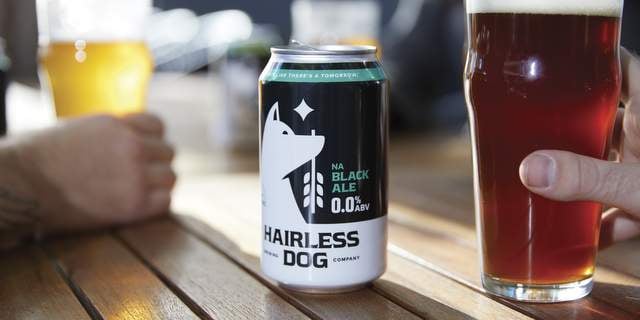
I just got back from Australia. While exploring the east coast of Oz (Melbourne, Gold Coast and Sydney) I found some great craft beer — brands like Feral Hop Hog and Figjam IPA — along with a healthy brewing community that liked to talk beer. In general, I pretty much got the same sentiment about U.S. beer from brewpub patrons: We thought all Yanks drank Budweiser.
It’s not an uncommon stereotype around the world, and it will be only one of many big hurdles for craft brands looking at international distribution. There’s a solid article on the subject matter from The San Diego Union-Tribune’s business section, using Stone Brewing Co.’s brewing and restaurant operations in Germany (Stone Brewing Berlin) as an example.
If you’re unsure how American beer is viewed in Germany, ask Sylvia Kopp [the Brewers Association’s newly appointed ambassador to Europe].
“People in my classes,” said Kopp, who tutors 500 Germans each year at her Berlin Beer Academy, “still think American beer is that fizzy yellow thing.”
The article goes on to cite Stone’s many challenges to be successful in Germany — overcoming a high price point, “unusual” flavor profiles, poor distribution in stores, bar loyalty to select brands, Germans inclinations to stay home and drink (not drive to breweries) and stiff localized competition. It’s a well-penned piece and should make brewers consider well researched studies on specific foreign beer markets before jumping it. Each will present its own challenges.
Less than a mile from Stone Brewing Berlin is a barnlike Getränke Hoffmann shop, something like a Beverages & More! outlet — if BevMo! was owned by a brewing conglomerate and only carried its own products. German supermarkets don’t sell craft beer, and brewers like [Oliver “Oli”] Lemke [owner of the oldest craft bewery in Germany simply called Lemke] can only cite a handful of places where their products are available.
“It’s harder over here to get your beers on the shelf,” he said.
Ina Verstl, a Berlin-based industry analyst, agreed: “I think distribution will be Stone’s biggest hurdle. Most bars here in Europe are tied to breweries. That means they are hard to get into unless Stone has a secret deal with Heineken, AB InBev or Carlsberg.”
That’s what makes deals with Heineken and Lagunitas and Founders and Mahou San Miguel so interesting. There are huge opportunities, despite the challenges, especially if you know an insider. Just look at the numbers. According to the Brewers Association, craft beer export volume increased by 35.7 percent in 2014, representing 383,422 barrels (bbls) and an estimated $99.7 million. In 2014, the fastest growing markets were Brazil, South Korea, Thailand and the United Kingdom. The strongest growth was found in Brazil, which was up 63.9 percent; Asia-Pacific region (excluding Japan), up 38.1 percent; Western Europe, up 36.6 percent; Canada, up 32.3 percent; and Japan, up 31.7 percent.





American craft beer will have significant stereotype, distribution hurdles overseas http://t.co/yuxRRAH0CQ
American craft beer battles stereotype/distribution overseas http://t.co/In1kFh3258 via @CraftBrewingBiz #craftbeer
Jim Sung liked this on Facebook.
Karli Olsen liked this on Facebook.
Devon Hamilton liked this on Facebook.
#CraftBeer #CraftBrewing #Beer #BeerBiz American craft beer will have significant stereotype, distribution hurdles… http://t.co/QoyIVleZva
RT @CraftBrewingBiz: American craft beer will have significant stereotype and distribution hurdles overseas. @sdut http://t.co/Gn3BLdTzWt
American craft beer battles stereotype/distribution overseas http://t.co/pu2WeIdQXH via @craftbrewingbiz
RT @CraftBrewingBiz: American craft beer will have significant stereotype and distribution hurdles overseas. @sdut http://t.co/Gn3BLdTzWt